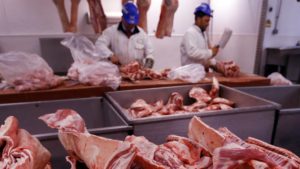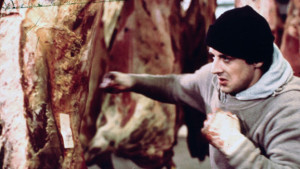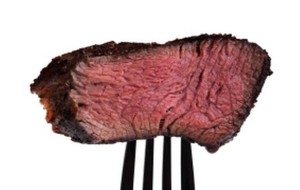Julia Medew of The Age reports that health officials are investigating an outbreak of a rare and potentially serious infectious disease among meat workers in Melbourne’s western suburbs.
 People working in and around Vic Wide Meat Brokers and W J Drever in Laverton North are being tested for Q fever after six employees of the two meat businesses fell ill with it.
People working in and around Vic Wide Meat Brokers and W J Drever in Laverton North are being tested for Q fever after six employees of the two meat businesses fell ill with it.
Other staff working at the site and at similar businesses nearby are now being contacted to ensure they are vaccinated against the disease which usually produces flu-like symptoms and can cause pneumonia and liver inflammation. While only half of all people infected with it get symptoms, it is fatal for one to two per cent of those people.
The Victorian department of health is now writing to contractors who may have visited the site since late last year to provide them with advice about signs and symptoms. The businesses are located at 9 Holcourt Road in Laverton North.
“Both the Department and WorkSafe officials have visited and inspected the premises to check on the vaccination status of other staff, and arrange testing and vaccinations, as required,” said Victoria’s Chief Health Officer Professor Charles Guest. “At this stage there is no broader public health issue as our investigation shows all exposures have been confined to the site and have occurred in the workplace.”









